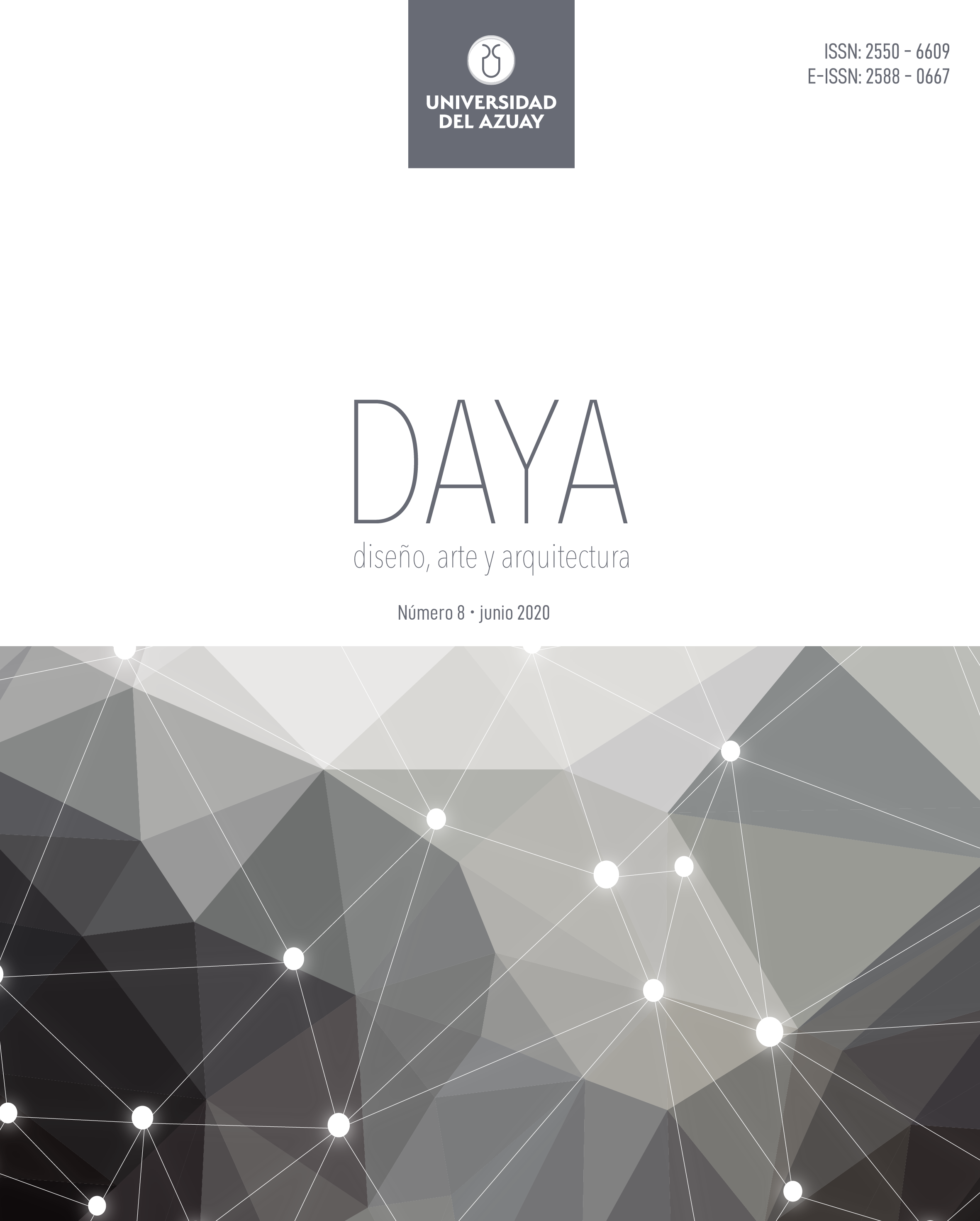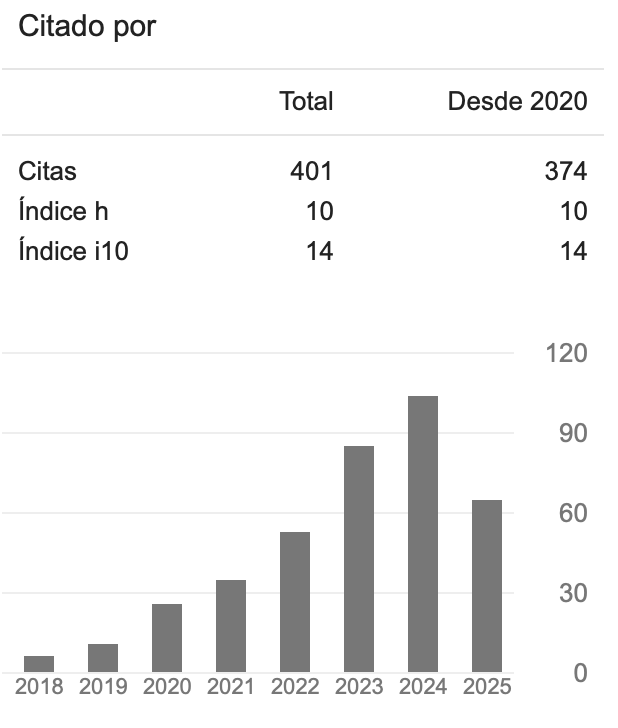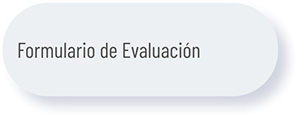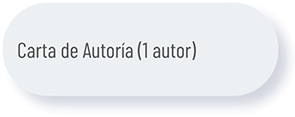PINTURA EPÓXICA: MATERIAL MULTIFUNCIONAL PARA EL DISEÑO INTERIOR
DOI:
https://doi.org/10.33324/daya.v1i8.278Palabras clave:
Pintura, epóxica, decoración, revestimientos, construcción, terminadosResumen
Resumen
La presente investigación tiene un enfoque cualitativo con alcance exploratorio y de aplicación. Para realizarla, se inició con la recolección de bibliografía que abarca la historia del material, su evolución y los usos, así como la información técnica necesaria. A continuación, se realizó experimentaciones con el material, se encontró nuevas formas de utilizarlo y maneras más adecuadas de trabajarlo; su aplicación en distintas superficies produce una interesante variedad de resultados con infinidad de posibilidades, que podrían adaptarse a cualquier estilo. Es así que las propiedades físicas y químicas se pusieron a prueba en diferentes superficies y se corroboró sus bondades, logradas en la mayoría, mientras que en pocos casos se reveló sus resultados desfavorables. El proceso fue descrito a detalle y se incluyó fotografías tanto del proceso como de las muestras realizadas. A través de los resultados obtenidos de su aplicación en los ensayos, se demostró que el material puede ser considerado como un revestimiento que brinda nuevas posibilidades. Se evidenció que, por la eficiencia del material, puede ser aplicado en varios ámbitos del diseño y la arquitectura, dando paso a nuevos recursos expresivos a disposición de las manifestaciones contemporáneas y que permiten materializar el producto creativo.
Palabras clave: Pintura, epóxica, decoración, revestimientos, construcción, terminados.
Abstract
The present research has a qualitative approach with an exploratory and application scope. The research began with the collection of bibliography that covers the history of the material, its evolution and uses, as well as the necessary technical information. Then, experiments were carried out with the material. New ways of using it and their most appropriate ways of working with it were found; its application on different surfaces produced an interesting variety of results with an infinity of aesthetics which could be adapted to any style. Thus, the physical and chemical properties were tested on different surfaces and their advantages were corroborated by achieving success in most instances, while in a few cases its disadvantages were revealed. The process was described in detail and photographs of both the process and the samples taken were included. Through the results obtained from its application in tests, it was demonstrated that the material can be considered as a coating that offers new possibilities. It was evident that, due to the efficiency of the material, it can be applied in various areas of design and architecture, giving way to new expressive resources available to contemporary manifestations that allow a creative product to materialize.
Keywords Painting, epoxy, decoration, coating, construction, finishing details.






